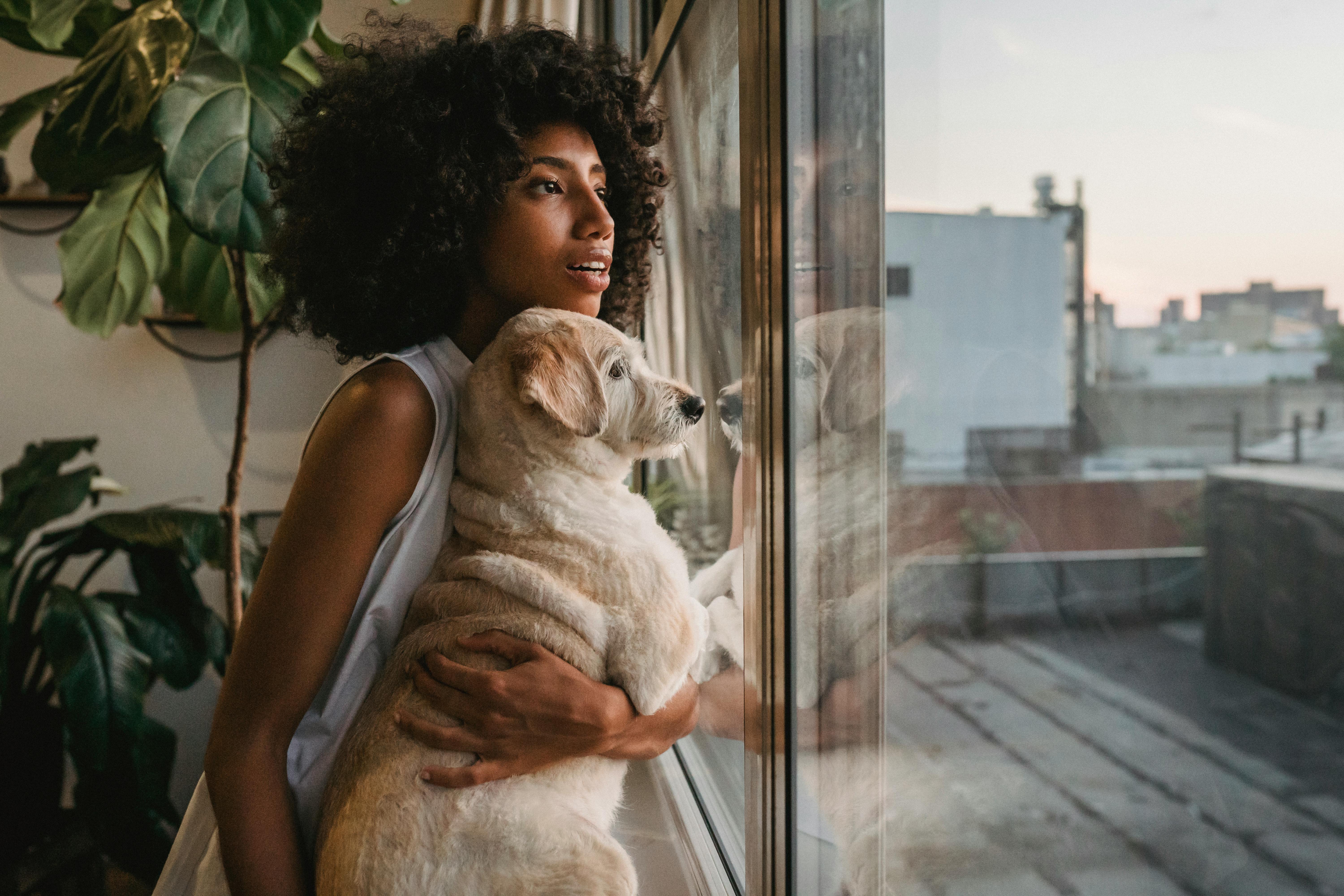Royal Doulton began producing animal figures in the late 1880s and today they are as popular and collectible as ever.
The craze for collecting porcelain animals really took off in Victorian England. Victorians were very fond of animals and loved to decorate their home with pretty things and ceramic companies soon supplied them with all kinds of ornaments. Initially, Doulton produced basic elements such as stoneware drains and jugs, but as early as 1880 they employed specialized modelers to produce animal figures.
The first animals that Doulton made in his Lambeth Studio in the late 19th century were modeled by George Tinworth. He produced waterfowl and sea creatures, as well as his famous scenes of frogs and little mice, and they were made of stoneware glazed with salt. George Tinworth loved portraying animals in fun activities. His frogs rode penny fathoms, rowed boats, and played cricket, while his mice painted, immersed themselves in photography, and drank tea. These figures are now highly sought after and virtually impossible to find on the second hand market. From time to time they appear at auctions and prices vary, depending on the rarity. They would be between £ 600 and over £ 2,000.
Another modeler at Lambeth was Harry Simeon. It specializes in birds sitting on the edge of small trays, as well as groups of mice. These date from the 1920s and are easier to find than the Tinworth mice and frogs of the 1880s. If you are lucky enough to find one of the trays with a bird perched on it, expect to pay £ 200-300 . The stoneware market has done very well in the world of collecting and money can be made here.
Lambeth Studios stopped making stone items when World War II began. The Doulton Burslem studio was founded in 1877 and they soon began producing jars and vases with animals. It was not until 1908 that independent animals were produced. They were modeled by Charles Noke, who modeled four figures; The frog, three finches; Mouse on a bucket and lop-eared rabbit. These were in a new flambé glaze and by 1912 the company had over sixty animals in its flambé range.
Following the success of these pieces, the models were reproduced and painted in realistic colors. Beginning in 1910, standard numbers were entered and animals were numbered, beginning with the letters HN. Dogs, foxes, birds, and rabbits were particularly popular. The first pieces in the HN series are very popular, especially ‘Rabbit in Morning Dress’ and ‘Pedlar Wolf’, both produced between 1913-1938. These are only seen occasionally at specialist auctions and would sell from £ 1,500. A very rare piece is ‘Fox in Hunting Suit’, which was made between 1913 and 1942 and sold for between £ 800 and £ 1000. While we don’t know how many pieces of each HN were produced, it is obvious that some have been produced in much larger quantities than others. If you look through old Doulton catalogs, you will see pieces that are simply never seen at auctions. All early HN pieces will fetch good prices, from £ 200 to £ 1,000.
Parts produced between 1930 and 1970 are more affordable, and while there are many parts of each on the market, it is often difficult to find a perfectly good figure. If you want to start collecting Doulton animals, you can try Doulton dogs, modeled in the 1930s by animal sculptor Frederick Daws. He was asked to model a series of championship dogs, primarily in the traditional show pose. Daws used to go to the kennels to watch the dogs and this resulted in wonderful realistic figures. HN1014 ‘Rough Haired Terrier – Crackley Starter’ is reasonably rare and you could probably get it for around £ 100- £ 120.
If you are on a small budget, you can try later HN figures that were produced in the 1940s, such as Character Kittens, Character Dogs and Terriers, and Spaniels in baskets. Its price is currently depressed and you can get one for around £ 30- £ 40. Prices are likely to rise again in the future. The same applies to the K series: these are small models of dogs, birds and hares. They were first manufactured in 1931 and remained in production until 1977.
As the popularity of the Doulton figurines increased, so did their workmanship. Peggy Davies joined in 1939 and initially worked on the K-series animal series and kitten, piglet and penguin models. No new parts were commissioned until 1972 and Robert Jefferson, who had previously worked for Poole, produced large animals and birds. , especially otters and seabirds.
There was a big change in 1985, when all the HN and K animal series were discontinued. New design director Graham Tongue and a new group of modelers were now working at the John Beswick studios, including Amanda Hughes-Lubeck, Warren Platt and Martyn Alcock. They modeled cattle, horses, dogs, cats, pigs, and sheep.
The Beswick factory closed in 2003 and much of Royal Doulton’s production moved overseas, because it was no longer commercially viable to produce everything in the UK. Today most Royal Doulton pieces are made overseas and then shipped back to the UK to be decorated. Many of the older models have been reintroduced and can be bought again in stores. These include a selection of small birds originally produced at Beswick Studios and various HN series dogs. Due to modern production costs they are quite expensive and you can often get an original 1950s part at a cheaper price, with the added bonus that they were made in the UK.
Royal Doulton animals are still very popular with collectors and while some areas of the market have gone down, now would be a great time to shop if you want to make a profit.

